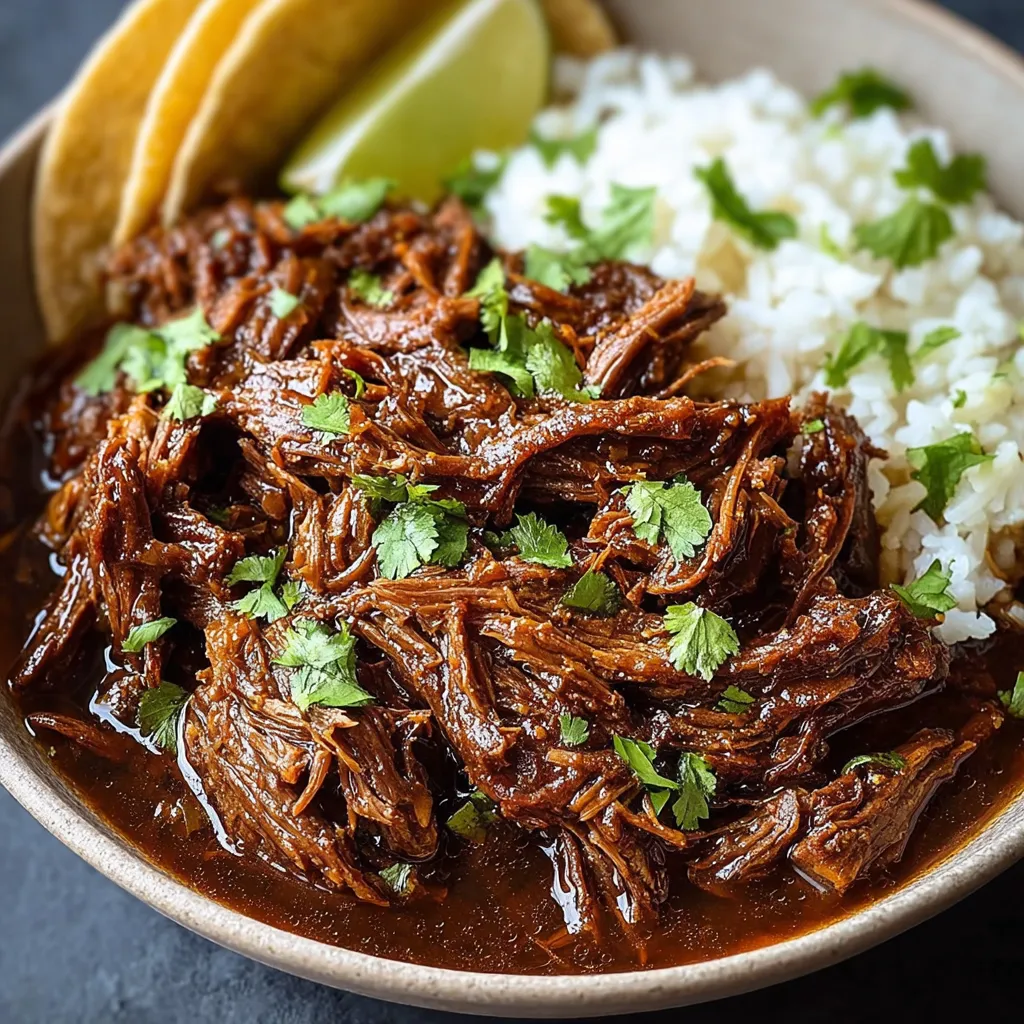Unlocking the Flavor: The Science Behind the Stew
Nigerian Chicken Stew isn’t just about throwing ingredients into a pot. It’s a symphony of chemical reactions orchestrated by heat and time. The key players? Tomatoes, peppers, onions, and, of course, the chicken. Here’s the breakdown:- Maillard Reaction: This is where the magic starts. Searing the chicken before stewing initiates the Maillard reaction, a chemical reaction between amino acids and reducing sugars that gives browned food its distinctive flavor. This browning process is crucial for developing depth of flavor in the stew. Don’t skip this step!
- Capsaicin & Heat: The peppers (Scotch bonnets or habaneros are typical) provide the heat. Capsaicin, the active compound in these peppers, is oil-soluble, meaning it releases its fiery punch best when cooked in oil. The longer you cook the peppers, the more the heat infuses the stew.
- Acid & Sweetness Balance: Tomatoes provide acidity, which balances the richness of the oil and chicken. Onions contribute sweetness, especially when caramelized. The interplay between these flavors creates a complex and satisfying taste profile.
- Deglazing & Fond: When you sear the chicken, brown bits (called “fond”) will stick to the bottom of the pot. Deglazing with a little stock or water loosens these flavorful bits and incorporates them into the stew. This adds another layer of richness.
- The Right Oil: Palm oil is traditional, imparting a unique flavor and vibrant red color. If you are substituting palm oil, know that it contributes to the richness of the stew. Palm oil also withstands high heat well. A good alternative, if you can’t use palm oil is vegetable oil with a tiny dash of smoked paprika to help with the colour.
The Ultimate Nigerian Chicken Stew Recipe
 This recipe incorporates all the scientific principles I’ve learned to create a stew that is both flavorful and visually appealing.
This recipe incorporates all the scientific principles I’ve learned to create a stew that is both flavorful and visually appealing.
Ingredients:
- Chicken: 1.5 lbs chicken pieces (thighs, drumsticks, or cut-up whole chicken), bone-in and skin-on for maximum flavor
- Tomatoes: 1 (28 oz) can of crushed tomatoes
- Bell Peppers: 1 red bell pepper, chopped
- Scotch Bonnet Peppers: 1-2, depending on your heat preference (adjust to taste), finely chopped (remove seeds for less heat)
- Onion: 1 large yellow onion, chopped
- Garlic: 4 cloves, minced
- Ginger: 1 inch piece, grated
- Palm Oil: 1/2 cup (or vegetable oil with a pinch of smoked paprika)
- Chicken Broth: 1 cup
- Curry Powder: 1 tablespoon
- Dried Thyme: 1 teaspoon
- Bay Leaf: 1
- Salt: To taste
- Black Pepper: To taste
- Bouillon Cube: 1 (optional, for extra flavor)
Instructions:
- Prepare the Chicken: Pat the chicken pieces dry with paper towels. Season generously with salt and black pepper.
- Sear the Chicken: Heat the palm oil (or vegetable oil) in a large, heavy-bottomed pot or Dutch oven over medium-high heat. Sear the chicken pieces in batches, skin-side down first, until deeply browned on all sides. Remove the chicken from the pot and set aside.
- Sauté Aromatics: Add the chopped onion to the pot and sauté until softened and translucent, about 5-7 minutes. Add the minced garlic and grated ginger and cook for another minute until fragrant.
- Add Peppers and Spices: Stir in the chopped bell pepper and Scotch bonnet peppers (or habaneros). Cook for 2-3 minutes until the bell pepper starts to soften. Add the curry powder and dried thyme, and cook for another minute, stirring constantly, to bloom the spices.
- Add Tomatoes: Pour in the crushed tomatoes. Stir well to combine, scraping up any browned bits from the bottom of the pot (deglazing).
- Simmer the Sauce: Bring the sauce to a simmer, then reduce the heat to low. Add the bay leaf. Cover and simmer for 15-20 minutes, allowing the flavors to meld.
- Return the Chicken: Return the seared chicken pieces to the pot, nestling them into the sauce. Pour in the chicken broth. If using, crumble in the bouillon cube.
- Stew the Chicken: Cover the pot and simmer for 30-40 minutes, or until the chicken is cooked through and tender. The sauce should have thickened nicely.
- Adjust Seasoning: Taste the stew and adjust the seasoning with salt and black pepper as needed. Remove the bay leaf before serving.
- Serve: Serve hot with rice, yam, plantains, or fufu.
The Stew Debacle: My Journey to Perfection
My path to mastering Nigerian Chicken Stew was paved with culinary mishaps and hard-won lessons. Like many of you, I initially thought it was just about throwing ingredients into a pot and hoping for the best. Oh, how wrong I was!The Early Days: A Pale Imitation
My first few attempts were a disaster. The stew lacked depth of flavor, the color was a sad, pale orange, and the chicken was either overcooked or undercooked. I was using regular tomato paste instead of crushed tomatoes, skipping the searing step, and being way too timid with the peppers. The result? A bland, watery mess.The Palm Oil Predicament
Then, I had an “Aha!” moment. I read more about traditional Nigerian cooking and learned about the importance of palm oil. My first time using it was a revelation – the color instantly became more vibrant. But I overdid it! The stew ended up being far too oily, and the flavor was overwhelming. I learned that less is more when it comes to palm oil (especially if you’re not used to cooking with it).The Pepper Problem
Next came the pepper experiment. I was afraid of making the stew too spicy, so I used only a tiny sliver of Scotch bonnet. The result? No heat whatsoever. I then swung too far in the opposite direction, adding two whole peppers, seeds and all. The stew was inedible! I realised I needed to find the sweet spot.The Searing Revelation
The biggest breakthrough came when I finally understood the importance of searing the chicken. Before, I was just throwing the raw chicken into the sauce. Searing the chicken not only added flavor but also helped to thicken the stew. Suddenly, the stew had depth, character, and that beautiful, rich color I was after. It reminded me of the importance of browning the meat when making Chicken Thighs Dinner Recipe.The Bouillon Boost
Someone suggested adding a bouillon cube to boost the flavor, and that was the final touch. It provided that extra umami that really took the stew to the next level. Remember that when thinking about flavour, whether you are making Nigerian Stew or Boursin Chicken Pasta.The Foolproof Technique: A Step-by-Step Guide
Here’s the distilled wisdom from my culinary journey – the foolproof technique for making perfect Nigerian Chicken Stew every time.- Sear Like a Pro: Don’t overcrowd the pot. Sear the chicken in batches to ensure proper browning. Don’t be afraid to get a good, dark sear.
- Bloom Your Spices: Toasting the curry powder and thyme in the oil before adding the tomatoes intensifies their flavor.
- Pepper Precision: Start with a small amount of Scotch bonnet or habanero pepper and taste as you go. You can always add more, but you can’t take it away! Deseeding the peppers will reduce the heat significantly.
- Low and Slow: Simmering the stew for at least 30 minutes allows the flavors to meld and the sauce to thicken. Don’t rush this step.
- Taste and Adjust: Taste the stew frequently and adjust the seasoning as needed. Don’t be afraid to experiment with different spices and herbs to create your own signature flavor. It’s the same as when I’m making Cheesy Garlic Chicken Wraps – taste, taste, taste!
- Fat control Remove any excess oil from the stew by skimming the top after it has been cooked. If the stew is too oily, remove as much as you can.
Why is searing the chicken important for Nigerian Chicken Stew?
Searing the chicken initiates the Maillard reaction, which creates depth of flavor through browning. It also helps to thicken the stew.
What is the role of palm oil in this recipe, and what’s a good substitute?
Palm oil contributes a unique flavor and vibrant red color to the stew, and it withstands high heat well. If you can’t use palm oil, a good alternative is vegetable oil with a pinch of smoked paprika to help with the color.
How can I control the spiciness of the stew?
Use Scotch bonnet or habanero peppers, starting with a small amount and tasting as you go. Removing the seeds from the peppers will also reduce the heat significantly.
Why does the recipe say to simmer the stew for a long time?
Simmering the stew for at least 30 minutes allows the flavors to meld together and the sauce to thicken properly, resulting in a richer and more complex flavor.

Easy Nigerian Chicken Stew
Ingredients
Equipment
Method
- Prepare the Chicken: Pat the chicken pieces dry with paper towels. Season generously with salt and black pepper.
- Sear the Chicken: Heat the palm oil (or vegetable oil) in a large, heavy-bottomed pot or Dutch oven over medium-high heat. Sear the chicken pieces in batches, skin-side down first, until deeply browned on all sides. Remove the chicken from the pot and set aside.
- Sauté Aromatics: Add the chopped onion to the pot and sauté until softened and translucent, about 5-7 minutes. Add the minced garlic and grated ginger and cook for another minute until fragrant.
- Add Peppers and Spices: Stir in the chopped bell pepper and Scotch bonnet peppers (or habaneros). Cook for 2-3 minutes until the bell pepper starts to soften. Add the curry powder and dried thyme, and cook for another minute, stirring constantly, to bloom the spices.
- Add Tomatoes: Pour in the crushed tomatoes. Stir well to combine, scraping up any browned bits from the bottom of the pot (deglazing).
- Simmer the Sauce: Bring the sauce to a simmer, then reduce the heat to low. Add the bay leaf. Cover and simmer for 15-20 minutes, allowing the flavors to meld.
- Return the Chicken: Return the seared chicken pieces to the pot, nestling them into the sauce. Pour in the chicken broth. If using, crumble in the bouillon cube.
- Stew the Chicken: Cover the pot and simmer for 30-40 minutes, or until the chicken is cooked through and tender. The sauce should have thickened nicely.
- Adjust Seasoning: Taste the stew and adjust the seasoning with salt and black pepper as needed. Remove the bay leaf before serving.
- Serve: Serve hot with rice, yam, plantains, or fufu.




